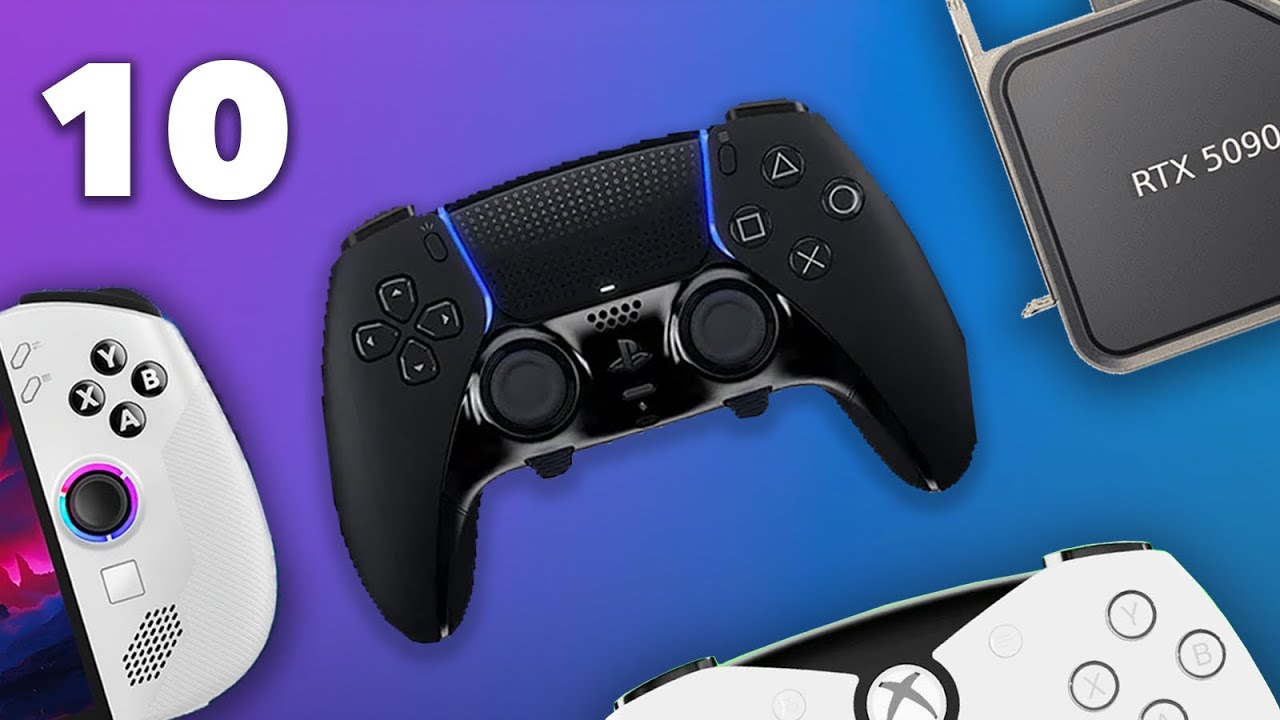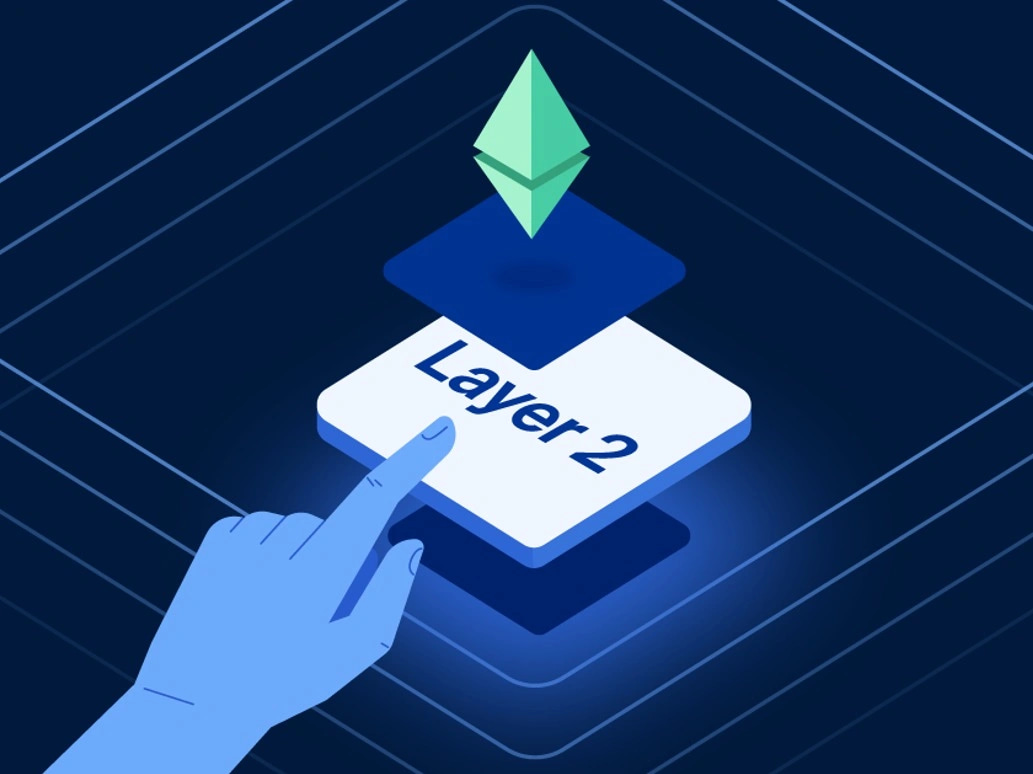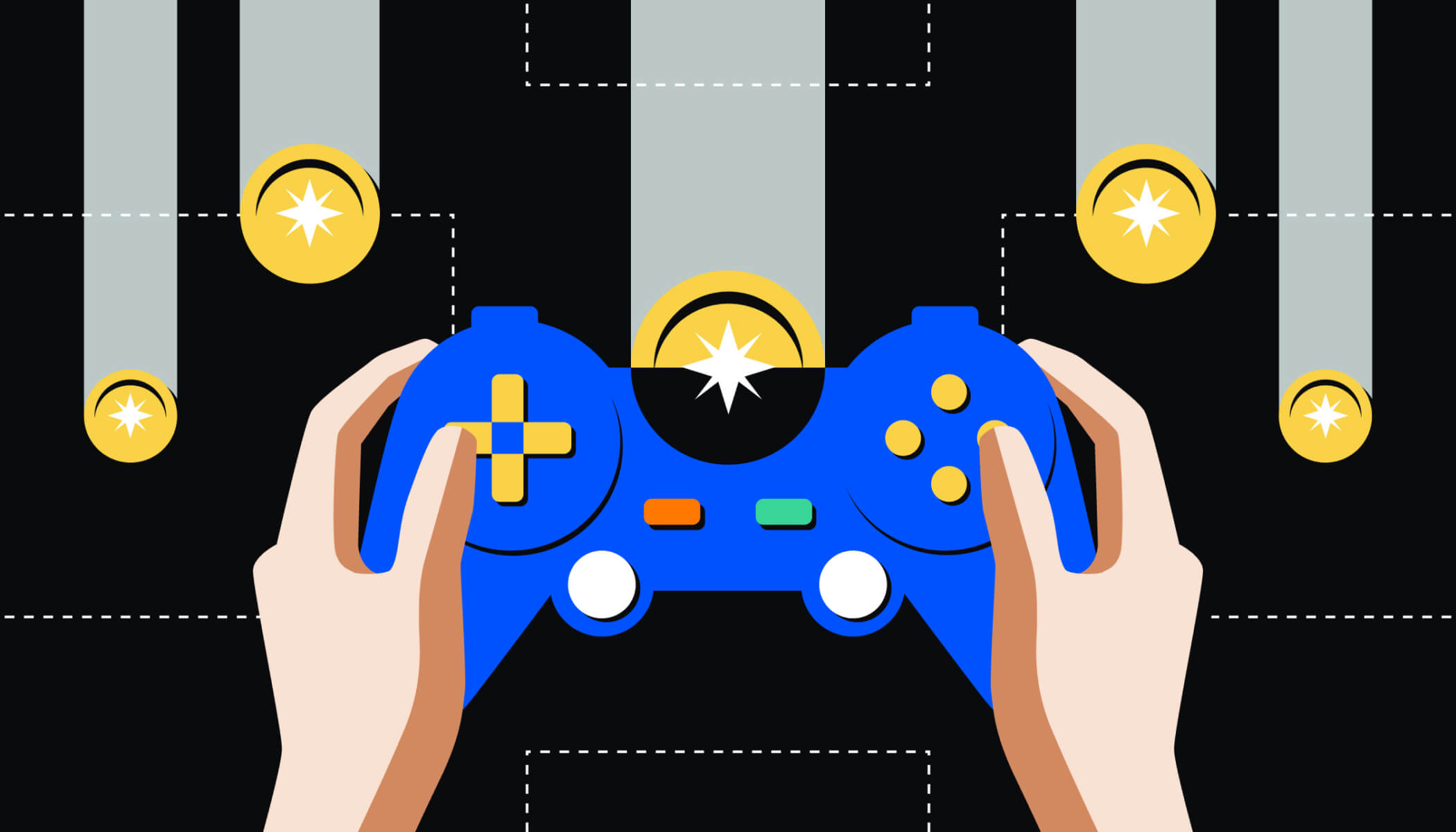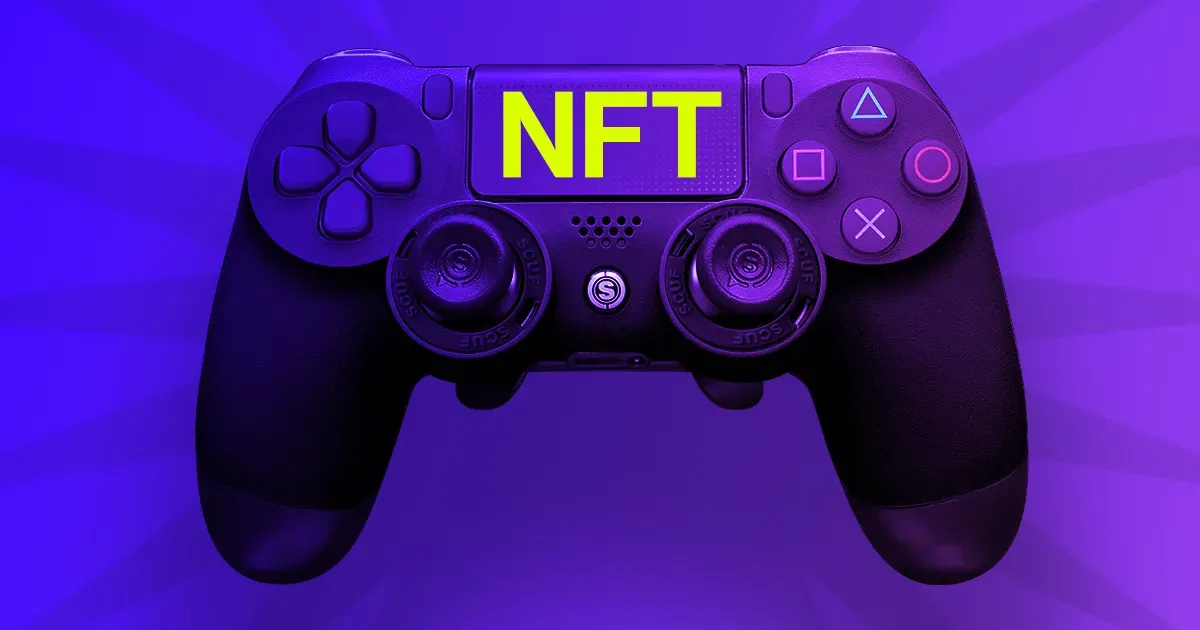key takeaways
- True Digital Ownership: Blockchain and NFTs give gamers permanent ownership of in-game assets, allowing them to trade, sell, or use items across games.
- Play-to-Earn Rewards: Web3 gaming enables players to earn cryptocurrencies and gaming tokens, turning gameplay into potential real-world income.
- Emerging Crypto Economies: Gaming tokens and blockchain-based economies create new investment and revenue opportunities for developers, players, and venture capital in the gaming sector.
Blockchain in Gaming Explained: Ownership, NFTs, and Rewards
The gaming industry is undergoing a revolutionary shift. Traditional gaming has always offered entertainment, but with blockchain technology, players can now truly own, trade, and earn from their in-game experiences. From NFTs to play-to-earn mechanics, blockchain in gaming is redefining what it means to interact with virtual worlds. For crypto enthusiasts and gamers alike, understanding this new landscape is essential.
The Rise of Web3 Gaming
Web3 gaming represents the next evolution of digital entertainment, leveraging blockchain technology to create decentralized, player-driven experiences. Unlike conventional games, where items and progress are stored on central servers, Web3 games allow players to have verifiable ownership of in-game assets. This ownership is enabled through non-fungible tokens (NFTs), which act as unique, blockchain-based certificates for virtual goods.
For example, a rare sword or character skin in a blockchain game isn’t just a cosmetic—it’s an asset you can buy, sell, or trade across compatible platforms. This opens up opportunities for gamers to participate in a digital economy that extends beyond the game itself.
Also read : The Evolution of Play-to-Earn: From Axie Infinity to AI-Driven Games
NFTs and True Ownership in Games
At the heart of blockchain gaming is the concept of true digital ownership. NFTs give players permanent control over their virtual assets, which are recorded on a decentralized ledger. This means that even if a game shuts down, the assets you hold remain yours.
NFTs also enable cross-game functionality, where assets can be used in multiple titles, creating a more interconnected gaming ecosystem. Developers benefit as well—NFTs allow them to monetize rare items, generate ongoing revenue, and attract players who value scarcity and exclusivity.
Play-to-Earn: Turning Gaming into Income
One of the most disruptive aspects of blockchain gaming is the play-to-earn (P2E) model. Instead of just playing for fun, gamers can earn cryptocurrencies or gaming tokens as rewards for completing challenges, competing in tournaments, or achieving milestones.
Games like Axie Infinity pioneered this model, demonstrating that blockchain games can serve as sources of real-world income, particularly in regions where traditional employment options are limited. P2E has caught the attention of venture capital in gaming, driving significant investment in projects that combine engaging gameplay with economic incentives.
Gaming Tokens and the Blockchain Economy
Beyond NFTs, gaming tokens play a crucial role in the blockchain gaming ecosystem. These tokens serve multiple purposes: they act as in-game currency, provide access to special features, and can even represent governance rights in decentralized game communities.
By integrating cryptoeconomics, developers can design more sustainable and dynamic gaming economies. Tokens can appreciate in value as games gain popularity, allowing early adopters and active players to benefit financially. For investors, this intersection of gaming and crypto offers a new avenue for growth and innovation.
Challenges and the Future of Blockchain Gaming
While blockchain gaming is exciting, it’s not without challenges. Issues like high transaction fees, environmental concerns, and the learning curve for new players can slow adoption. Regulatory uncertainty also looms, particularly regarding tokenized rewards and digital ownership rights.
However, the potential for interoperable game economies, new revenue streams for developers, and financial empowerment for players makes blockchain gaming a space to watch closely. As technology matures and more mainstream titles adopt blockchain elements, the line between gaming and digital finance will continue to blur.
Conclusion
Blockchain is transforming gaming from a purely recreational activity into a dynamic digital economy where players have ownership, earn rewards, and trade assets like never before. NFTs provide verifiable ownership, gaming tokens power decentralized economies, and play-to-earn models create real-world opportunities. For crypto and gaming enthusiasts, embracing Web3 gaming isn’t just a trend—it’s a glimpse into the future of interactive entertainment.
By understanding how blockchain, NFTs, and play-to-earn mechanics intersect, players can take full advantage of the evolving landscape, while investors and developers can innovate in a space ripe for growth. The era of true digital ownership in gaming has arrived, and its possibilities are only just beginning to unfold.
Disclaimer: The information in this article is for general purposes only and does not constitute financial advice. The author’s views are personal and may not reflect the views of GameDegen.com. Before making any investment decisions, you should always conduct your own research. GameDegen.com is not responsible for any financial losses.




